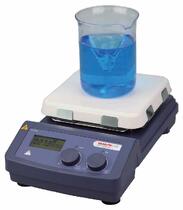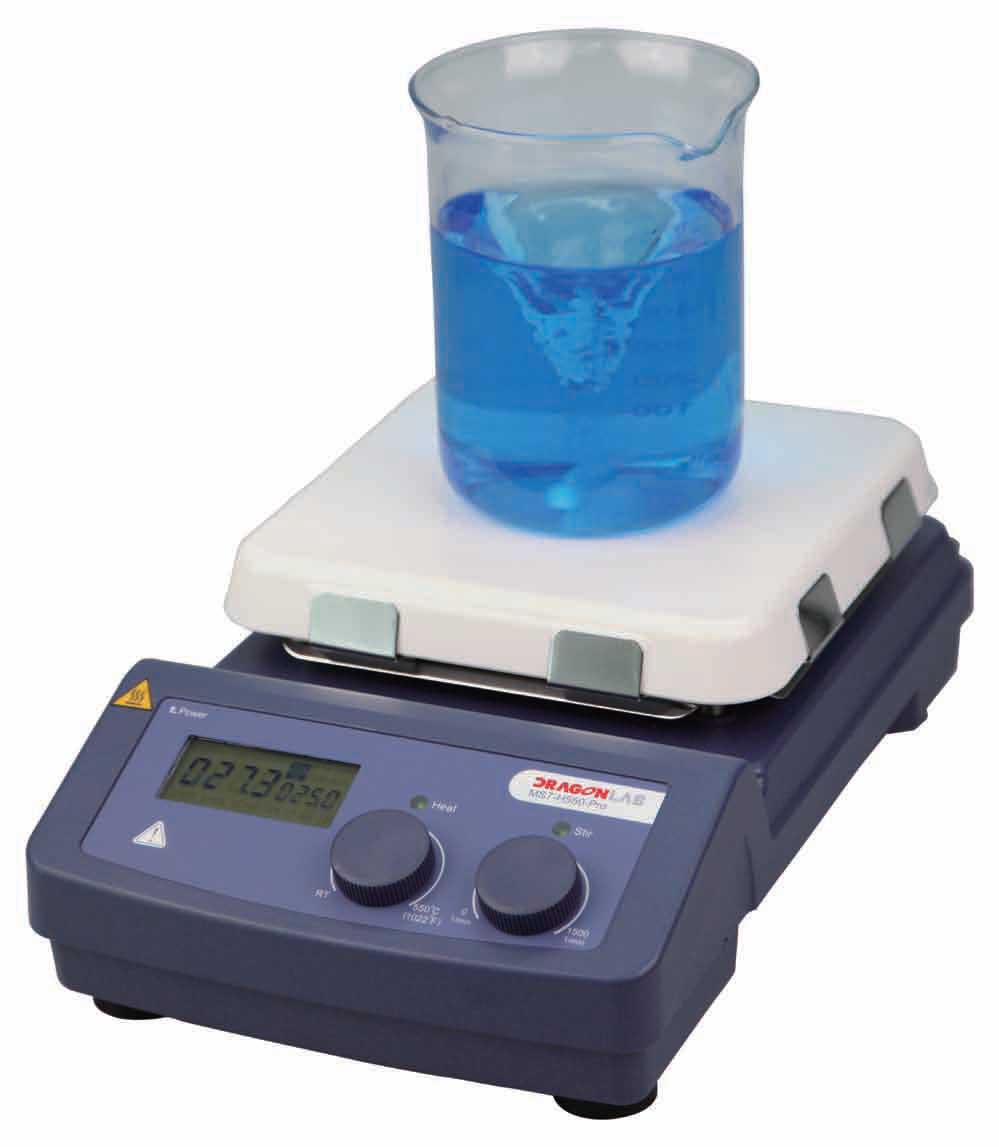 Magnetic beads need to be constantly mixed and homogenized to avoid sedimentation and clumping problems. Even when the sonication method is necessary to break up aggregates, mixing and homogenization is necessary.
Magnetic beads need to be constantly mixed and homogenized to avoid sedimentation and clumping problems. Even when the sonication method is necessary to break up aggregates, mixing and homogenization is necessary.
The selection of a specific mixing technique for each step of the production process depends on many factors, but mainly depends on empirical data on the particular process and on any requirements imposed by the properties of the vessel used for the end user’s experiments. In addition, it is advisable not to change vessels with each step.
This post is about resuspension techniques, such as the sonication method, and how they can solve magnetic bead aggregation. If you are interested in this topic, download our free ebook The basic guide for resuspending magnetic beads:
To determine which technique and vessel is best, we can ask the end user the following questions:
1. Are you able to close the bottle or vessel you are using for resuspension and guarantee that the vessel is completely sealed?
If the answer is yes, then the easiest mixing method to use is a roller table. Roller tables are easy to use and easy to scale up. The main drawback of roller bottles is that if there is any problem with the bottle cap, leakage and loss of material will result.
2. Do your bottles need to remain open during your process?
If your answer to this question is yes, you can choose from a couple of options depending on your team’s experience:
- You can use a tilted roller mixer. With this technique there is no direct contact with the suspension. You would need to determine the correct angle of the bottle, the rotation speed, and the maximum filling factor.
- You can use an overhead mixer. This apparatus contacts the suspension, but people typically have a lot of experience with this technique. This type of mixer is common in bioreactors and other apparatus. Of course, you need to use non-magnetic materials for the shaft and blade. With this technique the potential for contamination is a common consideration.
3. Do you need to use a fixed vessel or bioreactor for your process?
This scenario is true especially when volumes are scaled up to large volumes. In this case, try to take advantage of overhead mixers that are included in the bioreactor, as long as the shaft and blades are not magnetic.
Before you even begin your process, it is important to understand what resources you have, what experience your team has and how you will ensure that your magnetic biobeads are most efficiently and effectively resuspended. The choice between closed and open bottles, roller mixers, overhead mixers and bioreactors will depend on your unique process and experience.
Don't forget to check these posts from our blog in order to get a deeper insight into magnetic bead resuspension:






